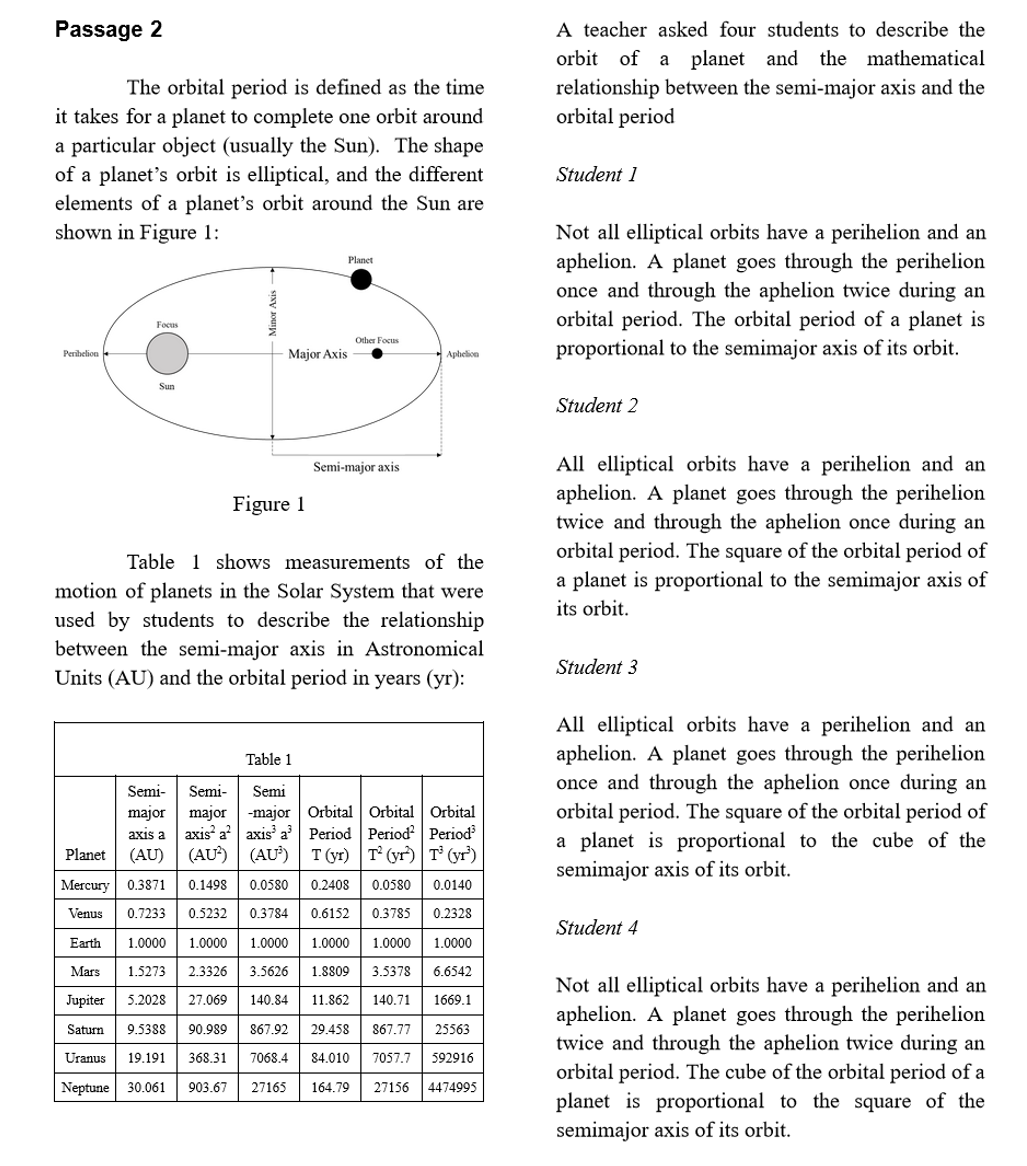For most students, the most difficult passage type on the science test is the conflicting viewpoints passage. There is always only one conflicting viewpoints passage on each science section of the ACT test, so these passages make up 15–20% of the passages on the science test.
Conflicting viewpoints passages are typically the most challenging and time consuming passages on the science test. They usually contain very difficult topics and long paragraphs of text. This means that these passages often require more reading than others.
The majority of questions in conflicting viewpoints passages require you to compare and contrast the different paragraphs in the text. The paragraphs are usually labeled “Student 1” or “Hypothesis 1” or another title that identifies the sequence of paragraphs. These are the sections that you will be comparing and contrasting. Here is an example of what they look like:

Many students get stuck on the large quantity of writing and feel the need to read much more than necessary. It is important to remember that you only need to read the sections of the passage that relate to the question. You are not expected to understand the topics behind most conflicting viewpoints passages. Rather, you are expected to understand what the paragraphs claim about the main topic.
In general, these passages will test your ability to read and understand viewpoints rather than understanding the science behind the viewpoints. For this reason, many students who excel in the reading test also perform well on these passages. If you typically struggle with the reading test, you should consider spending time to specially practice these conflicting viewpoints passages.
One of the best strategies for tackling this portion of the test is first to realize which questions ask about which student/hypothesis/scientist opinions. For example, after flipping to a conflicting viewpoints passage, skip immediately to the questions as normal. Very briefly skim through the question looking for the words “Student #, Scientist #, or Hypothesis #” and either circle or box those words. Do not read the rest of the question once you have found one of those keywords. It should take you less than 45 seconds to skim through all the questions. Then, notice how many questions pertain to Student 1, read Student 1’s paragraph and answer all of those questions. Then move on to the questions about Student 2. Read Student 2’s paragraph and answer all those questions. Then answer the questions that ask you to compare Student 1 and Student 2. Then continue with the remaining questions. After you have completed the individual student questions, making notes as you go, the questions that ask you to compare all of the student opinions will be much easier.
A useful technique to help organize your notes on the different viewpoints as you read and work through each question is to make a table. This will help you answer the later comparison questions without rereading all the viewpoints again. Here is a sample table created for the passage above:
| Perihelion (P) | Aphelion (A) | Both P and A | Period | |
| S1 | Once | Twice | Not all | Proportion to semi major axis |
| S2 | Twice | Once | All | Square of period proportional to semi major axis |
| S3 | Once | Once | All | Square of period proportional to cube of semi major axis |
| S4 | Twice | Twice | Not all | Cube of period proportional to square of semi major axis |